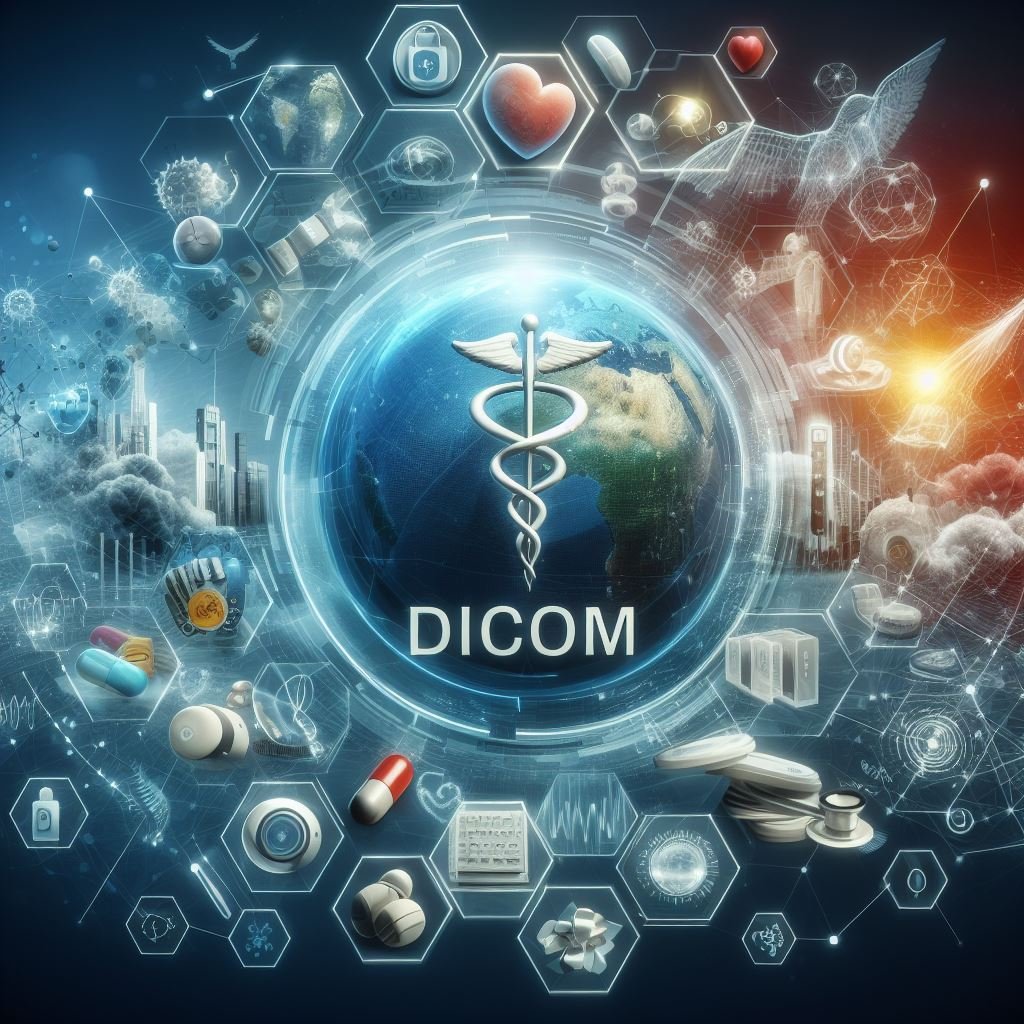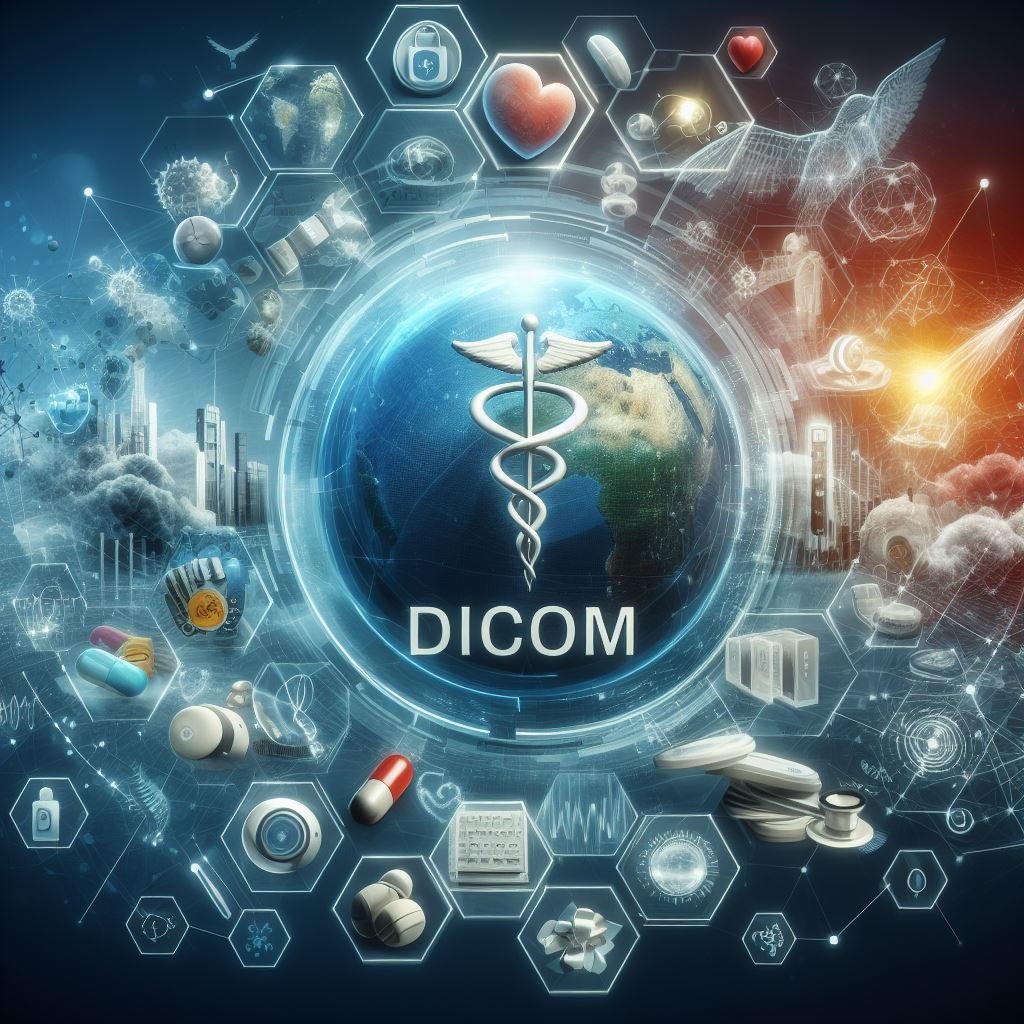The Transformative Impact of DICOM in Modern Medicine

Digital Imaging and Communications in Medicine (DICOM) has been a silent yet revolutionary force in the field of healthcare. Born out of collaboration between radiologists, engineers, and medical professionals, DICOM has fundamentally changed how medical images are acquired, stored, and shared. Let’s explore the profound impact of DICOM on clinical practice:
Transition from Film to Digital Workflow
Before DICOM, radiology relied on X-ray films. These physical films were cumbersome, prone to damage, and caused delays in diagnosis. DICOM ushered in the era of filmless radiology by enabling fully digital workflows. Radiologists could now acquire, review, and interpret images instantly using workstations. This transition significantly improved efficiency and patient care.
Also Read: The Ultimate Guide to DICOM Conversion Tools: Everything You Need to Know in 2024
Standardized Viewing and Interpretation
DICOM-compliant viewers became essential tools for radiologists. These viewers allow manipulation of images—adjusting brightness, contrast, and zoom levels—without compromising quality. Radiologists can analyze intricate details, aiding in accurate diagnoses. The ability to view images consistently across different devices and platforms has been a game-changer.
Seamless Data Transfer
DICOM’s standardized format ensures seamless data exchange between institutions. Whether it’s transferring images from an MRI scanner to a Picture Archiving and Communication System (PACS) or sharing studies across hospitals, DICOM guarantees fidelity and consistency. Efficient data transfer is crucial for timely diagnoses and collaborative decision-making.
Beyond Static Images: Dynamic Studies
DICOM’s versatility extends beyond static X-rays. It accommodates dynamic studies like CT angiograms, MR perfusion scans, and PET-CT fusion images. Radiologists can assess blood flow, tissue viability, and metabolic activity—all within the same framework. This capability enhances diagnostic accuracy and aids in treatment planning.
Also Read: What is DICOM? The Complete Guide to Medical Imaging Standards
Anonymization and Patient Privacy
Patient privacy is paramount. DICOM incorporates anonymization tags and specifications on how to anonymize, allowing institutions to remove identifying information while preserving diagnostic content. This balance between privacy and clinical utility ensures compliance with regulations and builds patient trust.
Integration with Artificial Intelligence (AI)
DICOM proved extremely useful at the start of the AI era, as it provided a global standard on which the newly born industry could take shape. Today DICOM serves as a foundation for AI applications in medical imaging. AI algorithms can detect abnormalities, assist in quantification, and predict outcomes. From identifying lung nodules to evaluating brain lesions, AI augments radiologists’ abilities. The synergy between DICOM and AI promises exciting advancements in personalized medicine.
Also Read: DICOM Modalities: A Comprehensive Guide to Medical Imaging Technologies
Conclusion
DICOM remains an unsung hero—a standard that quietly transformed clinical medicine. Its impact reverberates through every radiology department, every diagnostic center, and every patient encounter. As technology evolves, DICOM continues to adapt, ensuring that medical images are not just data points but windows into health and healing.
Here at Collective Minds Radiology, we're fully bought into this journey and are enabling a global cloud application for radiologists to be able to easily transfer, anonymize, share, collaborate on, educate around and research upon patient cases based on DICOM medical images.
For more information, don't hesitate to book a demo with us.
Reviewed by: Mathias Engström on October 30, 2024




